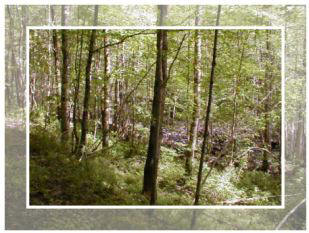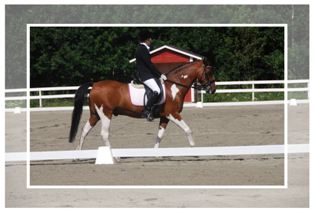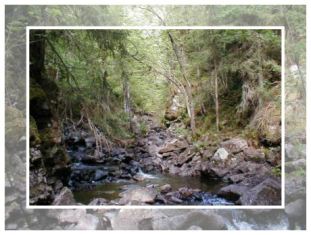China 1989, Dalian
|
 |
 |
 |
 |
| Outside
Furama Hotel in Dalian |
Out
walking in Dalian |
The
fountain outside Hotel Furama |
Hotel
Furama seen from the city |
 |
 |
 |
 |
| The
fire brigade in action. |
It
is always a train rolling. |
Out
walking in Dalian |
Out
walking in Dalian |
 |
 |
|
|
| Out
walking in Dalian |
Going
back from school. |
|
|
China 2000, Shanghai and Bejing
|
 |
 |
 |
 |
| |
An
old town outside Shanghai |
An
old town outside Shanghai |
An
old town outside Shanghai |
 |
 |
 |
 |
| Our
guide and me outside a Budda temple |
Budda
temple |
Terje
is the captain for a while |
In
front of a cafe seen from the boat |
 |
 |
 |
 |
| Climbing
the great wall outside og Bejing. It was a great experience and we
had some beautiful weather. |
 |
 |
 |
|
| What
a great master piece of construction. |
Our
guide and me on top of the great wall. |
Hard
Rock Cafe, Bejing. |
|
China
2001 - Guangzhou
|
 |
Guangzhou,
a capital city, is the largest and most prosperous trading city in
southern China. It is situated in the south of China, with the
Baiyun Hill in the north and the Zhujiang (Pearl River) Delta Plain
in front. The city is 125 kilometers northwest of Hong Kong on the
Pearl River. |
 |
| |
|
|
|
 |
 |
 |
 |
|
The
Chen Family Temple, also known as Guangdong Folk Art Museum, was
built in the 1890s and has nine halls and six courtyards. Its
windows, door frames, and pavilions are lavishly decorated with
intricate carvings and sculptures. It is now the largest and best
preserved and decorated ancient architecture existing in Guangdong
province. The decoration combines wood carving, brick carving, stone
carving, clay sculpture, ash sculpture, brass and iron foundry,
grotto, new year painting, and other art forms. The special
historical, artistic, and scientific aspects of the temple have made
it an important attraction in Guangzhou |
|
|
|
|
 |
 |
 |
 |
| Sun
Yat-Sen Memorial Hall |
and Mc Donald's |
| |
|
|
 |
Six
Banyan Temple is situated on the Liu Rong Road. Built in 537, it is
a renowned Buddhist cultural site. The temple enshrines three large
Buddhist statues--the biggest copper Buddhist statues existing in
Guangdong province. The thousand-Buddha copper pillar cast in the
Yuan Dynasty (1271-1368) is kept on the top story of the pagoda. The
184-foot pagoda appears to have nine stories; inside, however, there
are 17 levels. Because of the colorful exterior carvings, it is
popularly known as the Flower Pagoda |
 |
| |
|
 |
Sun
Yatsen Memorial Hall, built in 1931, is a famous commemorative
structure of the Chinese revolution of 1911. It was designed by the
well-known architect of modern China, Lu Yanzhi, who was also the
designer of the Sun Yatsen Mausoleum in Nanjing. The building
complex is composed of the arch over the gateway, the auditorium,
and the several-storied buildings to the east and west. The
auditorium is octagonal--in the shape of the palace hall. |
| |
|
|
|
 |
We tried to
go to the top of this tower, but luckily it was closed for the time being. |
 |
Where
actually are we. Jason and Rune is checking the map. |
| |
|
|
|
 |
 |
 |
 |
|
Standing
on the top of Yuexiu Hill in the northern suburbs, the 28-metre-high
five-story tower, Zhenhai Tower (also known as the Five-Story
Pagoda) was built on the orders of Zhu Liangzu, the Yongjia Marquis
of the Ming Dynasty (1368-1644), to flaunt his power and the
obsession that he was able to shake the seas and mountains. A
magnificent building, it commands a bird's-eye view of the whole
city. The tower now houses the City Museum; its exhibits chronicle
the history of Guangzhou from Neolithic times till the early part of
the 20th century. |
The
story tells that you have not visited Guangzhou before you have seen
the five goats. Here is the evidence,
Have been there. |
Hangzhou 2012
|
|
The celebrated Neolithic culture
of Hemudu inhabited Yuyao,
an area (now a city) 100 kilometers south-east of Hangzhou,
as far back as seven thousand years ago when rice was
first cultivated in southeastern China. The area immediately
surrounding the modern city of Hangzhou was inhabited five
thousand years ago by the Liangzhu
culture, so named for the small town of Liangzhu not far to
the northwest of Hangzhou where the ancient jade carving
civilization was first discovered.The city of Hangzhou was founded during the Qin
Dynasty as
Qiantang County (Chinese: 錢塘縣).
In AD 589, the city was renamed "Hangzhou", literally
meaning "River-ferrying Prefecture"and a city
wall was
constructed two years later. It is listed as one of the Seven
Ancient Capitals of China. Hangzhou is at the southern end of China's Grand
Canal which
extends to Beijing. The canal evolved over centuries but
reached its full length by 609.It was the capital of the Wuyue
Kingdom from 907
to 978 during the Five Dynasties and Ten Kingdoms Period.
Named Xifu at the time, it was one of the three great
centers of culture in southern
China during the
tenth century, along with Nanjing and Chengdu.
Leaders of Wuyue were noted patrons of the arts, and
especially of Buddhism and
associated temple architecture and artwork. It also became a
cosmopolitan center, drawing scholars from throughout China
and conducting diplomacy not only with neighboring Chinese
states, but also with Japan, Korea,
and the Khitan Liao
Dynasty.
|
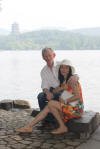 |
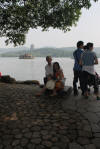 |
 |
 |
| |
|
|
|
 |
 |
 |
 |
| |
|
|
|
 |
 |
 |
 |
| |
|
|
|
 |
 |
 |
 |
| |
|
|
|
 |
 |
 |
 |
| |
|
|
|
 |
 |
|
|
